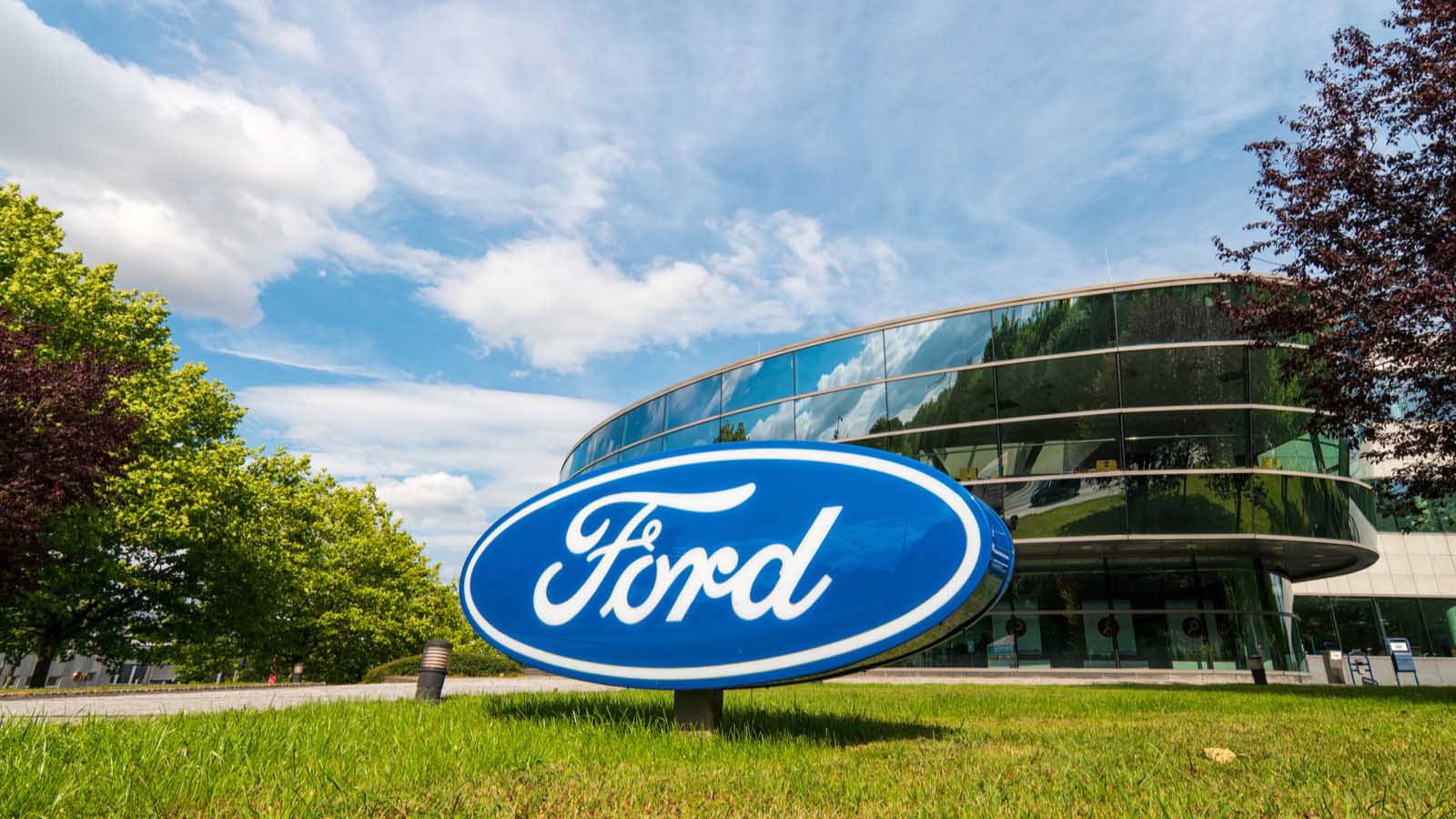InvestorPlace columnist Mark Hake recently argued that Ford (NYSE:F) might not be able to afford to pay its 15-cent quarterly dividend on Ford stock.

As part of Hake’s argument, he pointed to the suspension of the special dividend as an indication that Ford’s free cash flow isn’t keeping up with its financial commitments to shareholders.
Given the slowdown of the company’s free cash flow, Hake is right to argue that Ford stock is not necessarily the dividend star its current 6.4% yield would imply.
However, I believe that the problem isn’t the special dividend, but rather the regular dividend. Here’s why.
Adjusted Free Cash Flow
As Hake’s article stated, Ford’s adjusted free cash flow in the first six months of fiscal 2019, was $2.1 billion, 80% higher than a year earlier. Of that $2.1 billion, $1.2 billion went to the company’s quarterly dividend. If Ford had continued to pay its annual special dividend, it would have had to shell out approximately $600 million for it, the same amount it paid last year.
From this perspective, my belief that Ford shouldn’t have cut its 13-cent special dividend seems off the mark.
That’s especially true because Ford’s free cash flow is expected to drop dramatically for the rest of 2019 and into fiscal 2020. That’s because it continues to implement its Global Redesign to meet the future demand for electric vehicles.
According to Hake, because of the Global Redesign, the company won’t have enough adjusted free cash flow to afford other pressing obligations, including its pension contributions and its debt repayments.
If you own Ford stock, I recommend that you read Hake’s entire article. It does a very good job explaining why Ford’s dividend yield is a double-edged sword.
The Special Dividend Leaves Ford With Options
The problem with regular dividends is that they become addictive. Companies brag about how many years they’ve increased their annual dividend.
For companies that have increased their dividends for many years in a row, it becomes increasingly difficult to cut or suspend the dividend. If shareholders are disappointed by the reduction of a dividend, many of them will probably sell their shares.
While the special dividend is intended to be a perk that rewards shareholders when there is excess cash, I believe Ford should use it in place of permanent dividends.
It would be up to the company to decide whether to pay out up to 50% of its free cash flow on an annual basis through one or more special dividends.
The argument against this kind of arrangement is that shareholders pile in to capture the dividend payment and then pile out after it’s been paid.
However, if the board were under no obligation to pay the special dividend, it could instead decide to use the money for other purposes, including repurchases of Ford stock, debt repayments, etc. As a result, it would be much tougher for investors to know when or if Ford would pay a special dividend.
Ford stock has traded under $10 for the better part of the last year. If it’s really worth more than $10 per share, the company ought to be buying back F stock, not paying out quarterly dividends.
The Bottom Line on Ford Stock
Over the past year, while Ford stock has soured, I’ve become more of a fan.
In July, I argued that the chances were good that F stock could get to $20 within four years. A couple of months later, nothing has changed to make me think otherwise.
However, as long as the company is obligated to pay out almost $5 billion per year of dividends, its free cash flow generation is being unnecessarily pressured.
Forget the dividend. Ford needs to switch to something special.
At the time of this writing Will Ashworth did not hold a position in any of the aforementioned securities.
